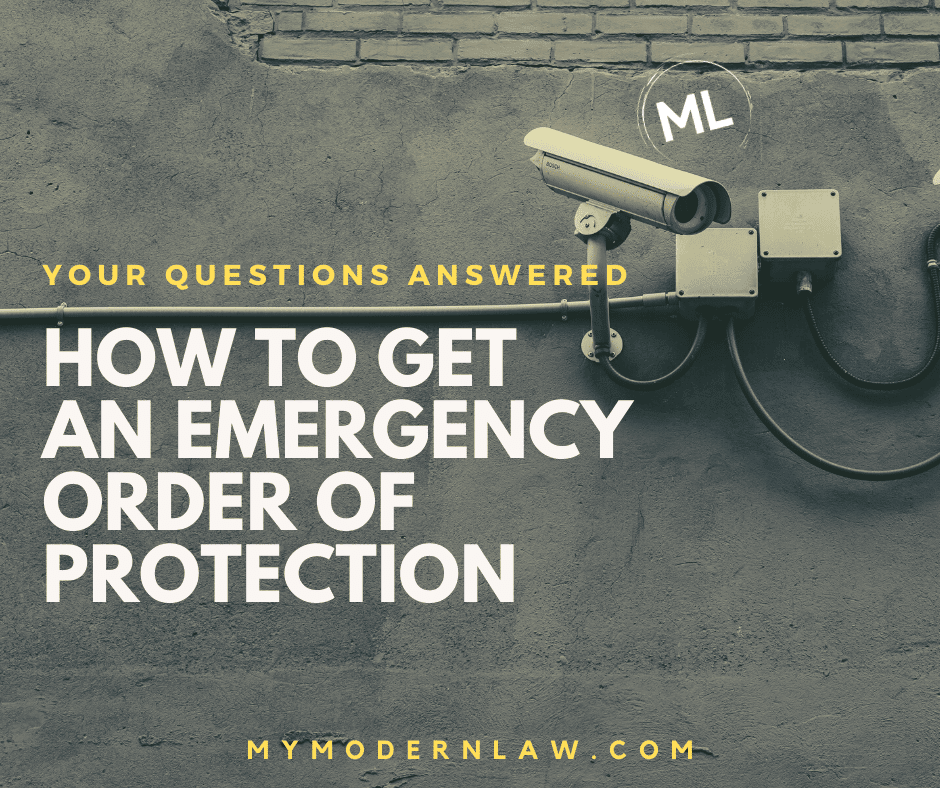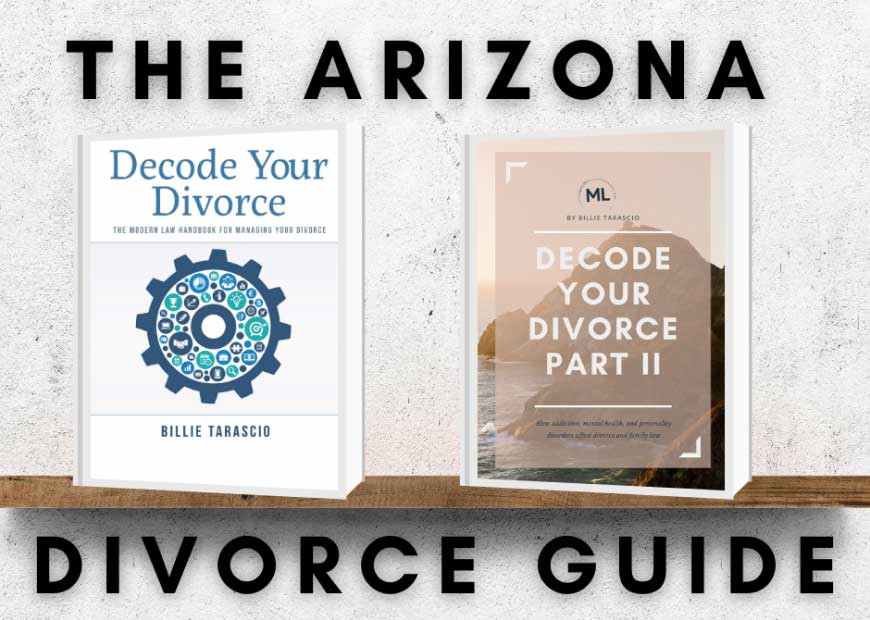I think I may need an Order of Protection, but I’m not sure if I qualify. If I think I’m in danger, How can I get and Emergency Order of Protection? What are the different types of protection and how do I get one?
Let’s break down the questions step and step to analyze how to get an Emergency Order of Protection
Question 1: Are there different types of Protective Orders?
Answer: Yes. Specifically, there are four (4) types of Protective Orders that can be granted under Arizona Law.
First, there is an Order of Protection, which is governed by A.R.S. § 13-3602 and may be granted to prevent a person from engaging in acts of domestic violence. It is limited to parties with relationships specified in A.R.S. § 13-3601(A), the domestic violence statute.
Second, there is an Emergency Order of Protection, which is governed by governed by A.R.S. § 13-3624, and may be requested by a peace officer on an emergency or ex parte basis when a person’s life or health is in imminent danger. It is also limited to parties with relationships specified in A.R.S. § 13-3601(A), the domestic violence statute.
Third, there is an Injunction Against Harassment, which is governed by A.R.S. § 12-1809, and may be granted to prevent a person from committing acts of harassment against another. There is no relationship requirement.
Fourth and finally, there is an Injunction Against Workplace Harassment, which is governed by governed by A.R.S. § 12-1810, and authorizes an employer to seek a court order preventing a person from being on the employer’s premises and from committing acts of harassment against the employer, the workplace, employees, or any other person who is on the employer’s property or at the place of business or who is performing official work duties.
Question 2: What types of relationships qualify a person for an Order of Protection or Emergency Order of Protection?
Answer: The following relationships meet the relationship requirement for both forms on an Order of Protection: (1) spouse or former spouse; (2) roommate or former roommate; (3) sharing a child in common or being pregnant with a child in common; (4) the victim is related to the defendant or the defendant’s spouse by blood or court order as a parent, grandparent, child, grandchild, brother or sister or by marriage as a parent-in-law, grandparent-in-law, stepparent, step-grandparent, stepchild, step-grandchild, brother-in-law or sister-in-law; (5) the victim is a child who resides or has resided in the same household as the defendant and is related by blood to a former spouse of the defendant or to a person who resides or who has resided in the same household as the defendant; and (6) the relationship between the victim and the defendant is currently or was previously a romantic or sexual relationship.
Question 3: How does the Court determine whether the relationship between the victim and defendant is currently or was previously romantic or sexual?
Answer:To answer, the question the Court considers for factors: (1) the type of relationship; (2) the length of the relationship; (3) the frequency of the interaction between the victim and the defendant; and (4) if the relationship has terminated, the length of time since the termination.
Question 4: What constitutes “harassment”?
Answer: For the purpose of Protective Orders, there are three different definitions of “harassment”.
First, with respect to an Injunction Against Harassment, it means a series of acts over any period of time that are directed at a specific person and that would cause a reasonable person to be seriously alarmed, annoyed, or harassed, and the conduct in fact seriously alarms, annoys, or harasses the person and serves no legitimate purpose. See A.R.S. § 12-1809(S).
Second, with respect to an Injunction Against Workplace Harassment, it means a single threat or act of physical harm or damage or a series of acts over any period of time that would cause a reasonable person to be seriously alarmed or annoyed. See A.R.S. § 12-1810(S)(2).
Third, with respect to an Order of Protection or an Emergency Order of Protection, it means conduct that is directed at a specific person and that would cause a reasonable person to be seriously alarmed, annoyed, or harassed and the conduct in fact seriously alarms, annoys, or harasses the person. See A.R.S. §§ 13-2921, 13-3601(A), and 13-3624(C).
Question 5: Does the victim always have to be the one requesting the Protective Order?
Answer: No. Under three limited circumstances, a person other that the victim may request a Protective Order on the victim’s behalf.
First, when the Protective Order is an Injunction Against Workplace Harassment, the employer may request the Protective Order on an employee’s behalf.
Second, if the person in need of protection is a minor, then the parent, legal guardian, or person who has statutorily defined legal custody of the minor must file the petition unless the court determines otherwise. The petition must name the parent, guardian, or custodian as the plaintiff and the minor as a specifically designated person.
Third, if the person in need of protection is either temporarily or permanently unable to request an order, a third party may request a protective order on the person’s behalf. After the request, the judicial officer must determine whether the third party is an appropriate requesting party. See A.R.S. §§ 13-3602(A) and 12-1809(A).
Question 6: Can the defendant’s child be included in as a protected person under the order?
Answer: Yes, but only under two limited circumstances.
First, the defendant’s child may be included as a protected person if the Court determines physical harm may result or has resulted to the child.
Second, the defendant’s child may be included as a protected person if the Court determines the alleged acts of domestic violence involved the child.
Question 7: What about if the Child in question is not related to the Defendant?
Answer: If the defendant and the child have no legal relationship, the judicial officer, upon request, may prohibit the defendant’s contact with the child based on danger to the plaintiff.






